If your underwater videos often turn out shaky or slow, a sea scooter can make a big difference. It helps you glide smoothly, making it much easier to film steady, professional-looking shots. This guide will show you how to use one to improve your filmmaking, so you can capture better footage on your next dive.
How to Choose Your Sea Scooter and Camera Gear
Key Advantages of Using a Sea Scooter for Filming
A sea scooter is more than just a way to get around; it’s a powerful filmmaking tool that solves many common underwater video challenges.
Smooth and Stable Footage
The steady propulsion from a sea scooter creates an incredibly stable filming platform, acting like a mobile dolly. This eliminates the jerky, up-and-down motion that often comes from kicking with fins, allowing you to achieve the kind of smooth tracking shots you see in professional films.
Greater Shooting Range
With a sea scooter, you can effortlessly cover large areas like an entire shipwreck or a long coral reef in a single dive. This dramatically increases your opportunities to find unique subjects and capture a diverse range of footage to tell a more complete story.
Creative Camera Movement
Sea scooters unlock dynamic camera movements that are nearly impossible for a swimmer to perform. You can smoothly circle a stationary subject for a 360-degree "orbital" shot, or execute a controlled ascent to create a dramatic reveal of an underwater landscape.
Energy and Air Conservation
By letting the sea scooter handle the physical work, you conserve a great deal of energy and air. This not only allows for longer dives but also frees up your mental capacity to concentrate entirely on the creative aspects of your shot—like composition, focus, and exposure.
How to Select the Right Sea Scooter for Filming
A sea scooter for filming needs to be a reliable tool that gives you creative control. Here is what to look for.
Look for Variable Speed and a Long-Lasting Battery
Variable speed control is essential. You'll need a slow speed for deliberate shots and a faster speed for keeping up with marine life or handling currents. Critically, check the scooter's continuous run time at each speed to ensure the battery can last for your entire dive.
Choose a Model That Is Easy to Handle and Transport
Look for a scooter with neutral or slightly positive buoyancy so it's easy to handle and won't sink if you let go. A well-balanced model is crucial for getting precise shots. If you travel, a lighter scooter with airline-compliant, removable batteries is much more convenient.
Ensure It Has Good Camera Mounting Options
A scooter for filming must have at least one standard mount for an action camera. Better models offer more flexibility, like extra attachment points or flat surfaces for mounting custom trays that can hold larger cameras and lights.
How to Build Your Underwater Camera Rig
Your camera gear must be configured to work seamlessly with you and your sea scooter.
Start by Choosing the Right Camera
Your camera choice depends on your goals and budget.
· Action Cameras (GoPro): The simplest and most durable starting point.
· Compact Cameras (Olympus TG): A good step up in image quality and control.
· Mirrorless/DSLR in Housing: The professional choice for the best image quality, but this setup is bulky, complex, and expensive.
Achieve Neutral Buoyancy and Balance
The goal is to make your entire rig (camera, tray, lights) neutrally buoyant so it feels weightless. You achieve this by attaching buoyancy arms and foam floats to your camera tray to offset the weight. A balanced rig is stable and effortless to guide, which is essential for smooth footage.
Add Essential Video Lights
Video lights are mandatory to restore the colors that are lost underwater. Since water absorbs reds and yellows, you need lights to avoid blue or green footage. Use two wide-beam video lights mounted on arms on each side of your camera for even lighting and to eliminate harsh shadows.
Complete the Rig with Key Accessories
· Camera Tray: The foundation that holds your camera and provides mounting points for handles and arms.
· Articulating Arms: Flexible arms used to position your lights or an external monitor.
· Underwater Monitor: A separate, larger screen that makes it much easier to confirm focus and frame your shots accurately.
Your sea scooter and camera rig are your primary tools for underwater storytelling. Once you have selected and assembled the right system, you will be prepared to focus on the most important part: the creative techniques for capturing stunning footage.

Filming Techniques with Your Sea Scooter
Now that your gear is ready, it's time to film. This section covers the most important techniques for camera movement, framing, and lighting to help you get professional-looking shots.
Essential Sea Scooter Camera Shots
Mastering a few basic camera movements will dramatically improve your videos. Here are the most effective shots you can achieve with a sea scooter.
1. Dolly Shot
This is a smooth, sideways movement parallel to a subject, or a straight movement toward or away from it.
How to do it: Use your scooter's slowest speed to move alongside your subject at a constant distance. You can also move slowly toward a subject (a "push-in") to draw the viewer's attention.
2. Orbital Shot
This involves circling a stationary subject to show it from all sides.
How to do it: Circle your subject while keeping the same distance. Aim the scooter slightly away from the subject and use your body to steer in a smooth arc. This shot is great for showcasing a point of interest, like a coral head or an anchor on a wreck.
3. Follow and Fly-Through
These shots create an immersive sense of travel by following an animal or moving through a structure.
How to do it: To follow an animal, match its speed and try to anticipate its movements without stressing it. For a fly-through, such as going through a wreck opening, plan your path beforehand and move through it smoothly.
4. Ascend and Descend
Using vertical movement can make a scene feel massive and dramatic.
How to do it: Use the scooter to maintain a controlled, steady vertical speed. A slow ascent up a tall wreck or a descent into a blue hole can be very powerful. Always be sure to equalize your ears.
5. Point-of-View (POV) Shot
This gives a first-person perspective, making the viewer feel like they are on the journey.
How to do it: Mount an action camera directly onto your scooter's built-in mount. This is great for creating fast-paced, energetic sequences.
6. Combining Movements
Once you are comfortable with the basic shots, you can combine them for more complex and interesting results.
How to do it: Try circling a subject while also slowly ascending to create a spiral effect. Or, move past a foreground object and then tilt your camera up to reveal a larger scene behind it.
How to Frame Your Shots
A sea scooter gives you the freedom to quickly find the best camera position and framing.
1. Create Depth with Layers
To keep your video from looking flat, frame your shots with foreground, middle ground, and background elements.
How to do it: Use your scooter to easily position yourself where you can frame your shot with layers. Place a foreground object (like coral), your main subject in the middle, and the open water in the background to create a sense of depth.
2. Use Leading Lines
Use natural lines in the environment to guide the viewer's eye.
How to do it: Find a line, such as the edge of a reef or a railing on a wreck, and use your scooter to follow it smoothly. This creates a natural viewing path and makes your shot more engaging.
3. Apply the Rule of Thirds
Placing your subject off-center usually creates a more balanced and visually appealing shot.
How to do it: Imagine a 3x3 grid over your screen. Use your scooter to easily adjust your position so that your main subject rests on one of the lines or intersections of the grid.
How to Get Good Light and Color
Good lighting is the key to capturing the vibrant colors of the underwater world.
1. Combine Natural and Artificial Light
Balance the sunlight from above with your video lights for the most natural-looking results.
How to do it: Keep the sun behind you to light the overall scene. Use your video lights to light your main subject in the foreground. This brings color to your subject without making the background look dark and artificial.
2. Position Lights to Avoid Backscatter
Backscatter is the snowy-looking particle effect caused by your lights.
How to do it: Mount your lights on long arms, high and wide, away from your camera lens. This lights your subject from the side and prevents the particles directly in front of your camera from being illuminated.
3. Set a Manual White Balance
You must tell your camera what "white" looks like underwater to get correct colors.
How to do it: At your filming depth, point your camera at a white slate and use your camera's custom white balance function. If you change your depth, you will need to do this again.
How to Film Different Underwater Scenarios
Applying your skills to real-world situations is the next step. This chapter explores how to film specific underwater scenarios, from wildlife encounters to artistic shots.
Film Marine Wildlife
When filming animals, your primary goal is to capture natural behavior without disturbing them. A sea scooter can help you do this effectively if used with respect.
1. Approach Wildlife Safely and Patiently
To capture authentic behavior, you must be a passive observer, not a pursuer. Never chase an animal. Instead, approach it slowly from the side using your scooter's lowest speed. For a close and non-intrusive encounter, you can cut the motor when you are nearby and simply drift the final distance. A calm, respectful approach is key to getting great wildlife shots.
2. Use the Scooter for Long-Distance Tracking
A sea scooter is the perfect tool for keeping pace with slow-cruising animals like sea turtles, rays, or large sharks. By using a slow, steady speed to move parallel to the animal, you can capture long, stable tracking shots without exhausting yourself, something that is nearly impossible to do while finning.
Explore Reefs and Wrecks
Reefs and wrecks are massive environments. Your scooter is the key to capturing their sense of scale and detail.
1. Showcasing the Scale of a Landscape
To convey the sheer size of a reef or wreck, use your scooter to create large, sweeping movements. A slow "fly-over" shot a few meters above a reef can show how vast it is, while a smooth dolly shot along a deep wall or the side of a large shipwreck reveals its length and complexity.
2. Filming Inside Wrecks
Note: Only attempt this if you have the proper wreck penetration training and certification. Inside a wreck, a scooter allows for precise, stable movements without kicking up silt, which can ruin visibility. You can create a powerful sense of mystery and exploration by performing slow, steady push-in shots down dark hallways or through openings.
Film People Underwater
A sea scooter allows you to film other divers from a unique and stable perspective.
1. Documenting Diver Interactions
Your role is to be an objective storyteller. The scooter helps you hold a stable position at a distance, capturing both the diver and the environment. Use an orbital shot to effectively frame a diver and the marine life they are observing.
2. Filming Freedivers and Models
A scooter is invaluable for following the fast pace of freedivers or the graceful movements of models. While on scuba, you can easily track a freediver's entire descent or ascent for one continuous shot. For models, the scooter provides the fluid motion needed for smooth, sweeping camera work.
Film for Artistic Effect
Sometimes the goal isn't just to document a subject, but to capture the beauty of movement and the passage of time.
1. High-Frame-Rate (Slow-Motion) Shots
Beautiful slow-motion requires shooting at a high frame rate (e.g., 120 fps) and having perfectly smooth camera movement. Your scooter provides this stability. Find a subject with gentle motion, like swaying coral, and perform a slow, steady dolly shot. The resulting footage will be mesmerizing when slowed down in your edit.
2. Underwater Time-Lapse
A time-lapse condenses a long period of time and requires the camera to be fixed on a tripod. For this shot, the scooter's role is purely logistical, not for filming. Use it to transport your heavy tripod and camera gear to remote locations that would be too difficult to swim to.

How to Finish Your Underwater Video
Shooting is only half the battle. In post-production, you will organize your raw clips, build a story, correct the color, add sound, and prepare your final video for the world to see.
1. Organize Your Footage
Start by organizing your clips into a clear folder structure on a fast external drive (SSD) to handle the large video files. Then, review your footage to select only the best shots. A good workflow is to do a quick pass to find all usable clips, followed by a second, more critical pass to choose only the strongest moments for your final edit.
2. Edit Your Story
Assemble your chosen clips into a simple story with a beginning (an establishing wide shot), a middle (your main subjects), and an end (a concluding shot). Keep the viewer engaged by varying the pace—mix your fast-paced scooter shots with slow, graceful ones, and use slow-motion for dramatic effect. For the most professional look, stick to simple, clean cuts between your shots.
3. Correct and Grading Color
This is the most critical step for underwater video. First, perform a technical color correction to remove the blue/green cast and restore natural colors by adjusting white balance and adding back reds. After the footage looks natural, you can apply a creative color grade to give it a specific style or mood. A final touch of sharpening and noise reduction can also help clean up the image.
4. Designing the Sound
Sound brings your silent underwater footage to life. Choose background music that matches the mood and pace of your edit. Then, add subtle sound effects like diver bubbles or faint marine sounds to make the scene feel more immersive and realistic.
5. Sharing and Promoting Your Video
To share your film, export it in a common format like MP4, using the recommended settings for platforms like YouTube, Instagram or Sublue Go. Attract viewers with a compelling, colorful thumbnail and a clear title. Finally, help people find your video by using specific keywords and tags that describe your location, subjects, and the gear you used.
Create Your Underwater Film!
This guide has shown that a sea scooter is a key filmmaking tool for creating stable, dynamic, and professional shots. You now have the knowledge to select the right gear, execute cinematic movements, and polish your work in post-production. The underwater world is filled with incredible stories, and with these skills, you are fully equipped to capture them. It's time to put what you've learned into practice and bring your unique vision of the ocean to life.
FAQs about Sea Scooter Videography
Q1: Is it difficult to operate a camera and a sea scooter at the same time?
It does take some practice, so it's best to start in a calm, shallow area to get comfortable. The key is to make your camera rig as neutrally buoyant as possible so it's easy to handle. Using a sea scooter model that allows for one-handed operation can make a huge difference, as it frees up your other hand to adjust camera settings.
Q2: My footage is still shaky. What are the most common mistakes?
Shaky footage is usually caused by two things: fighting the scooter or an unbalanced rig. Instead of gripping the scooter tightly, relax and guide it gently. Most importantly, make sure your camera rig is neutrally buoyant. If it's constantly trying to sink or float, you will have to fight it, which introduces shakiness into your shots.
Q3: How close is too close when filming marine life with a scooter?
The golden rule is to never alter an animal's natural behavior. If the animal changes its swimming pattern, stops feeding, or flees, you are too close. Always approach wildlife slowly and from the side, not head-on. To be less intrusive, you can cut the scooter's motor when you are nearby and simply drift the final distance.
Q4: Should I spend my money on a better sea scooter or a better camera first?
For beginners, a good sea scooter often makes a bigger immediate improvement to your videos than a new camera. A basic camera like a GoPro on a stable, smoothly moving platform will produce better footage than an expensive camera that is shaky and difficult to keep steady while swimming. Master the movement first, then upgrade the camera.

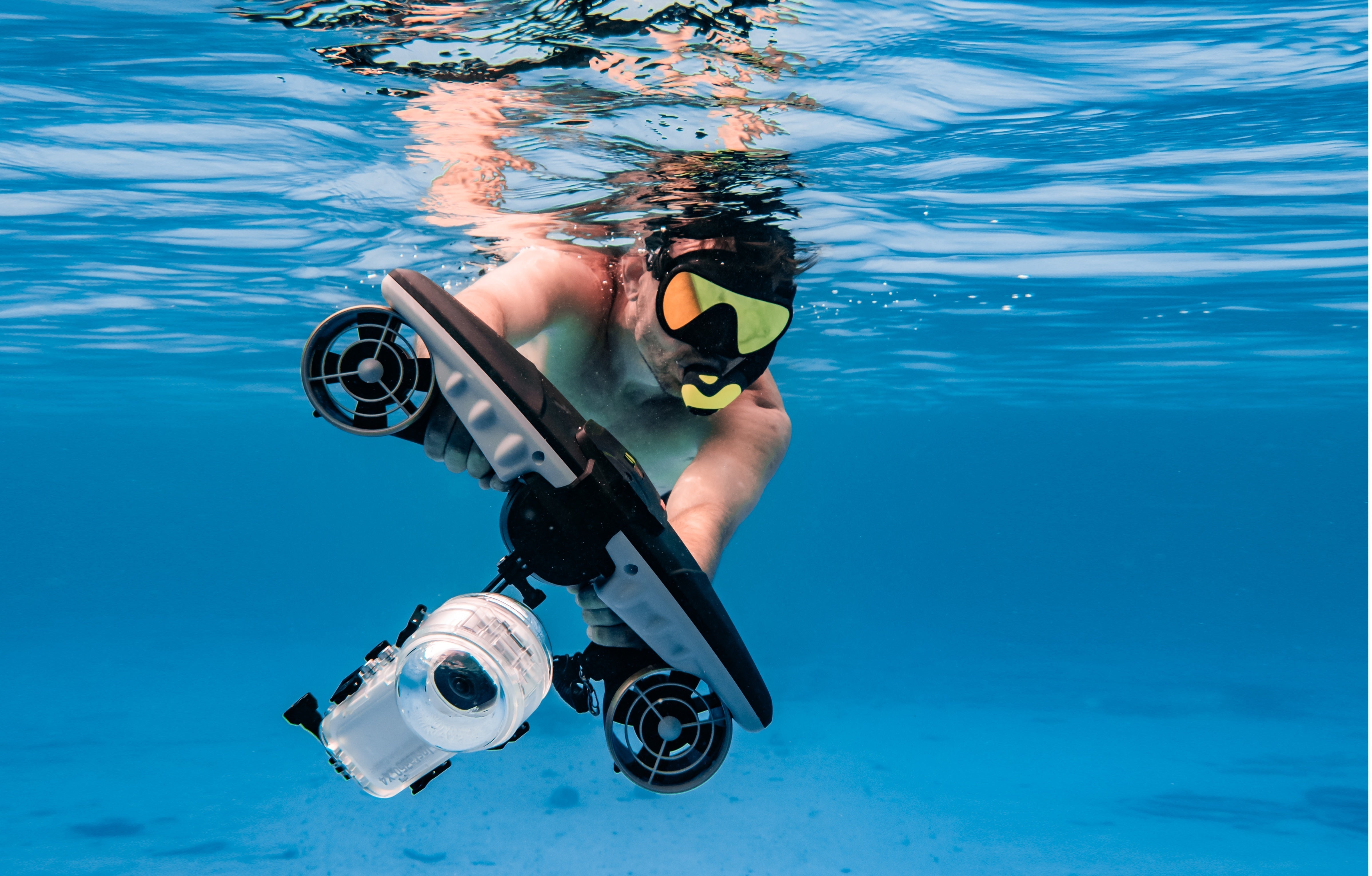




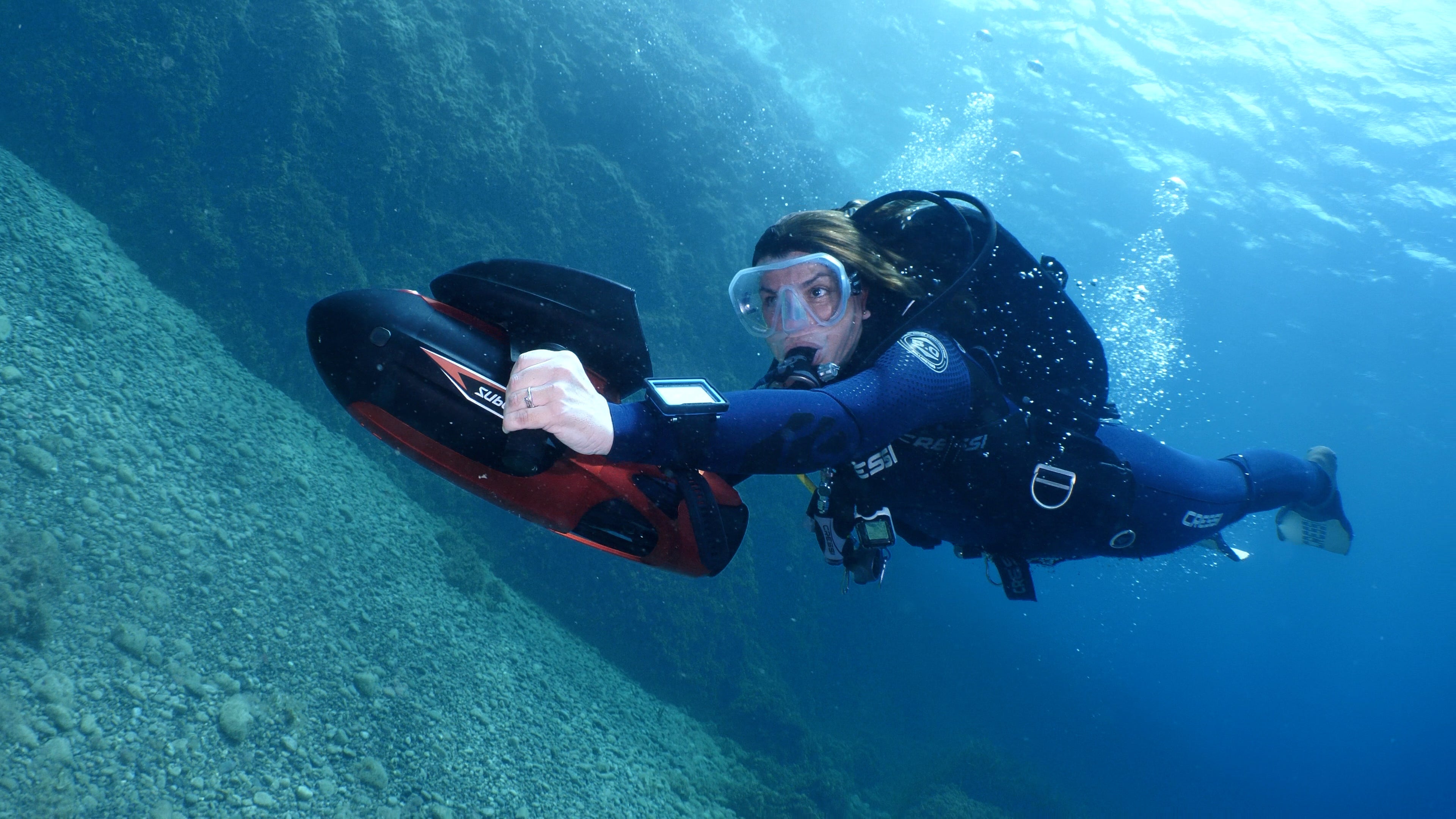
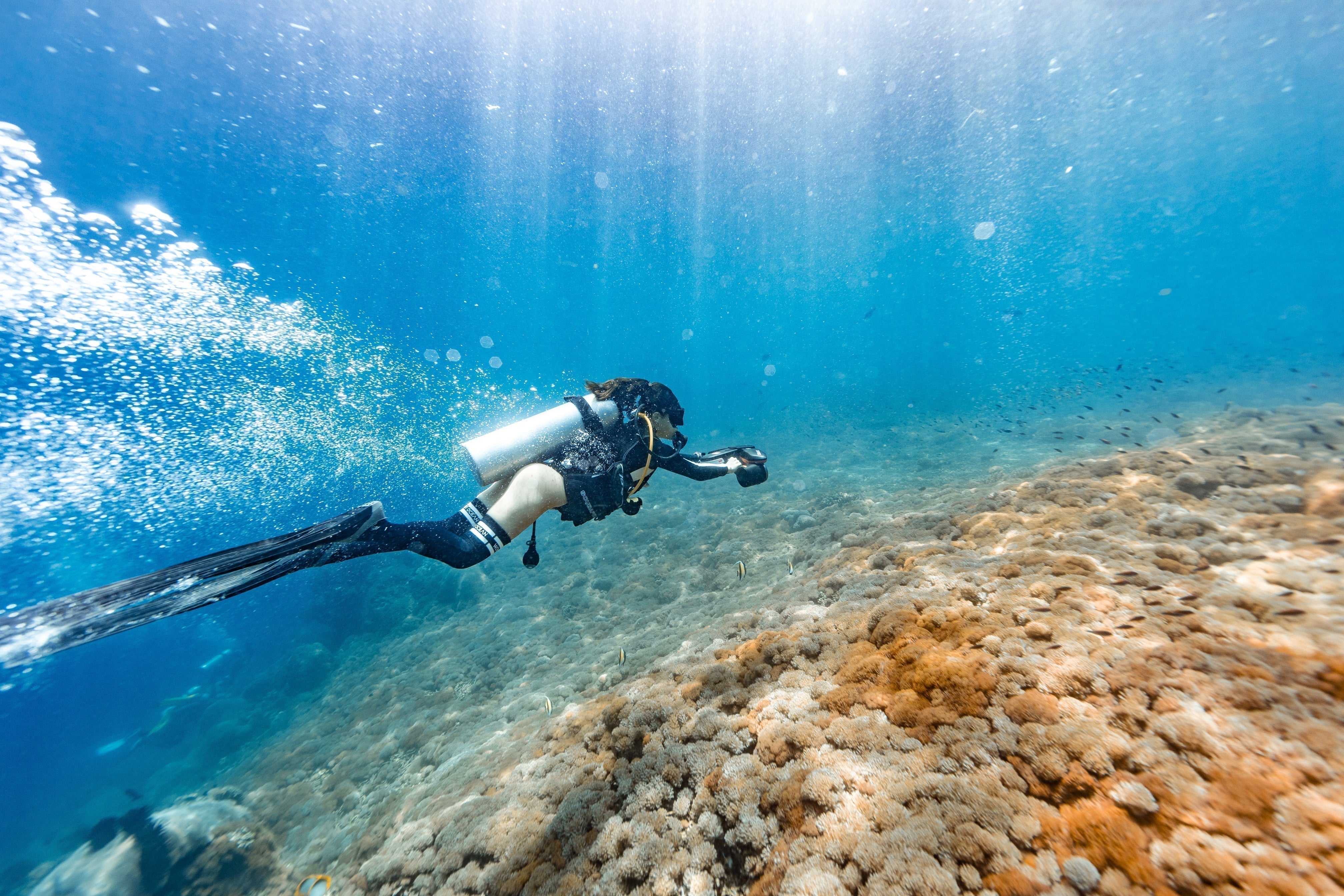
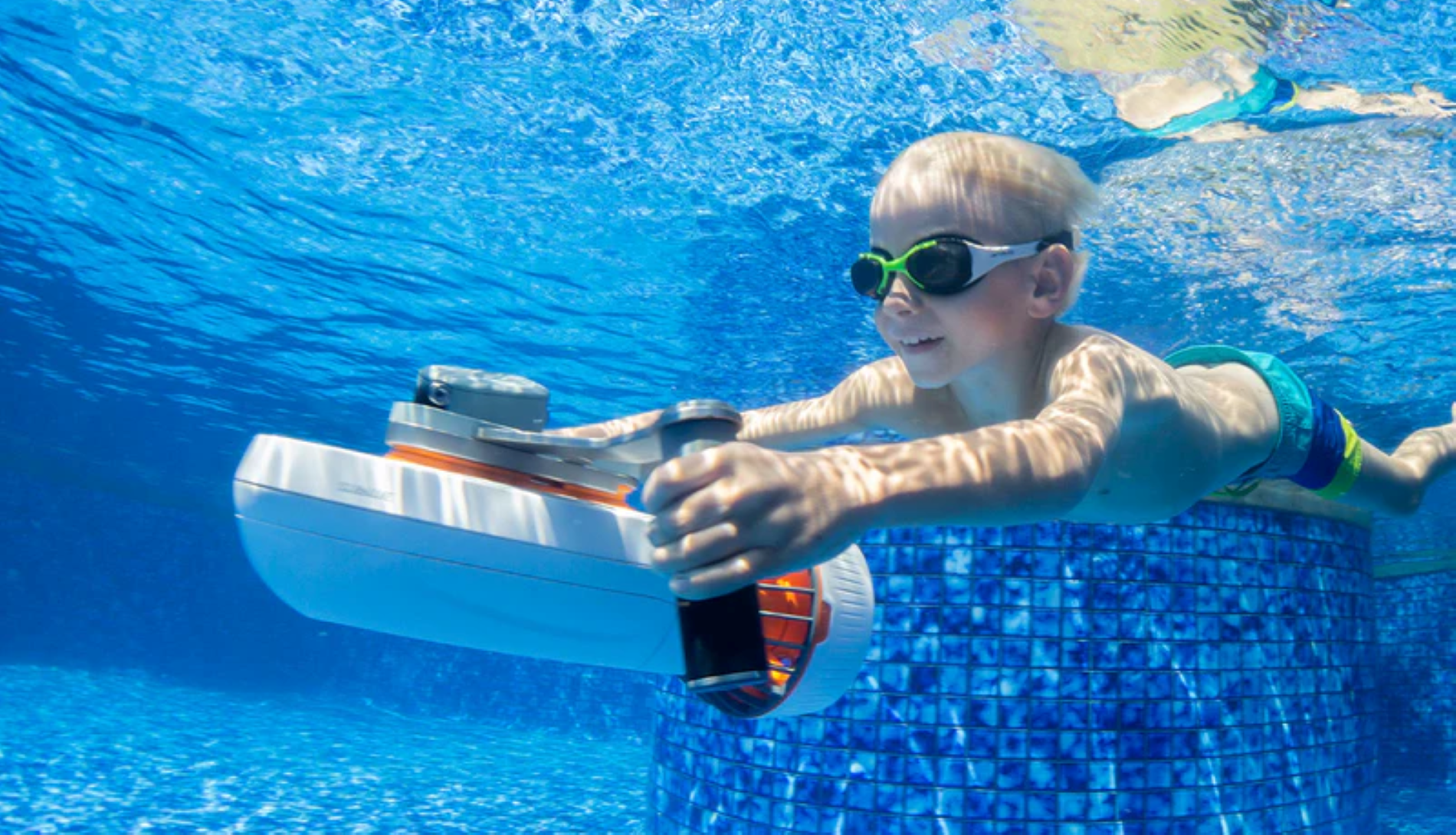
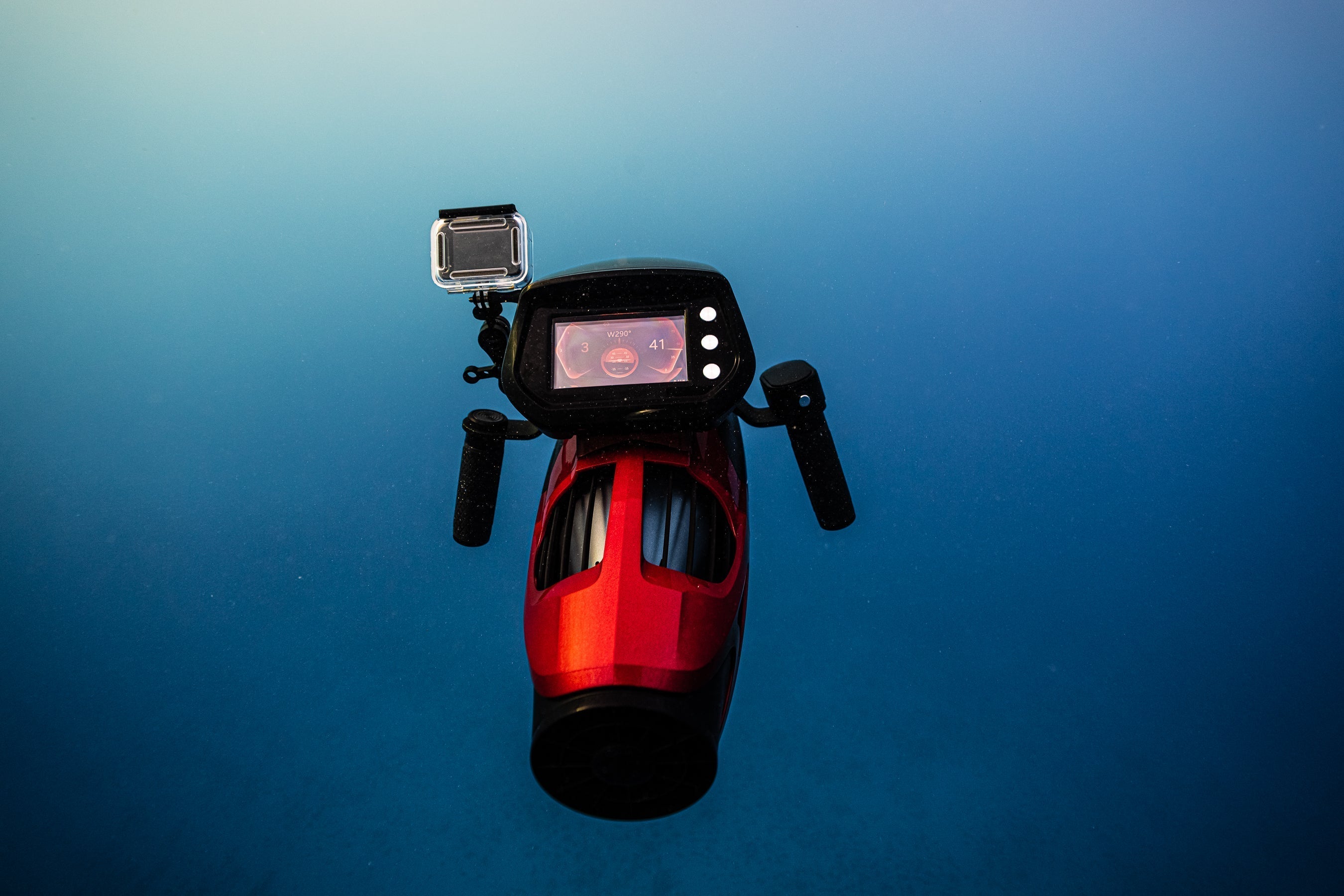
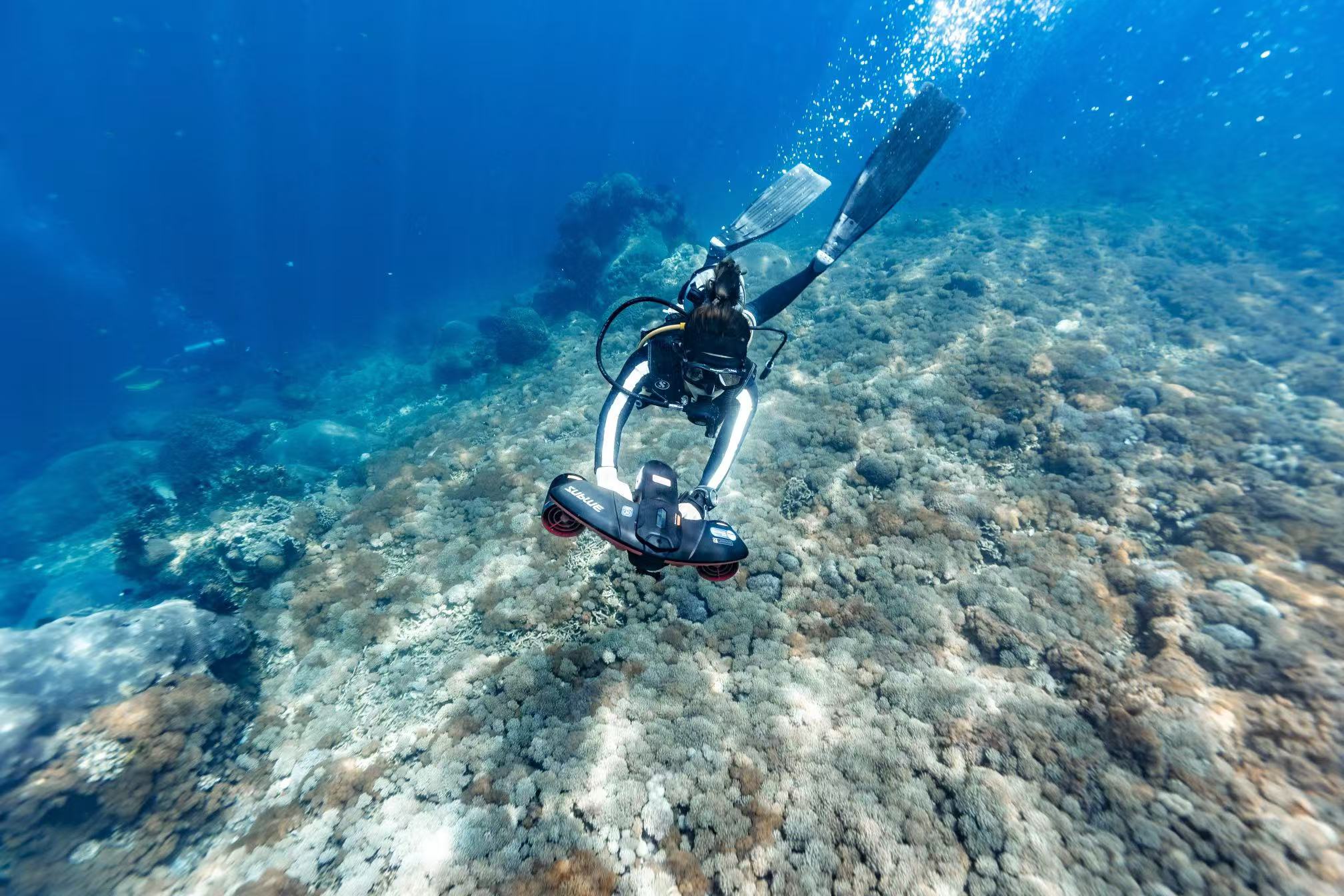
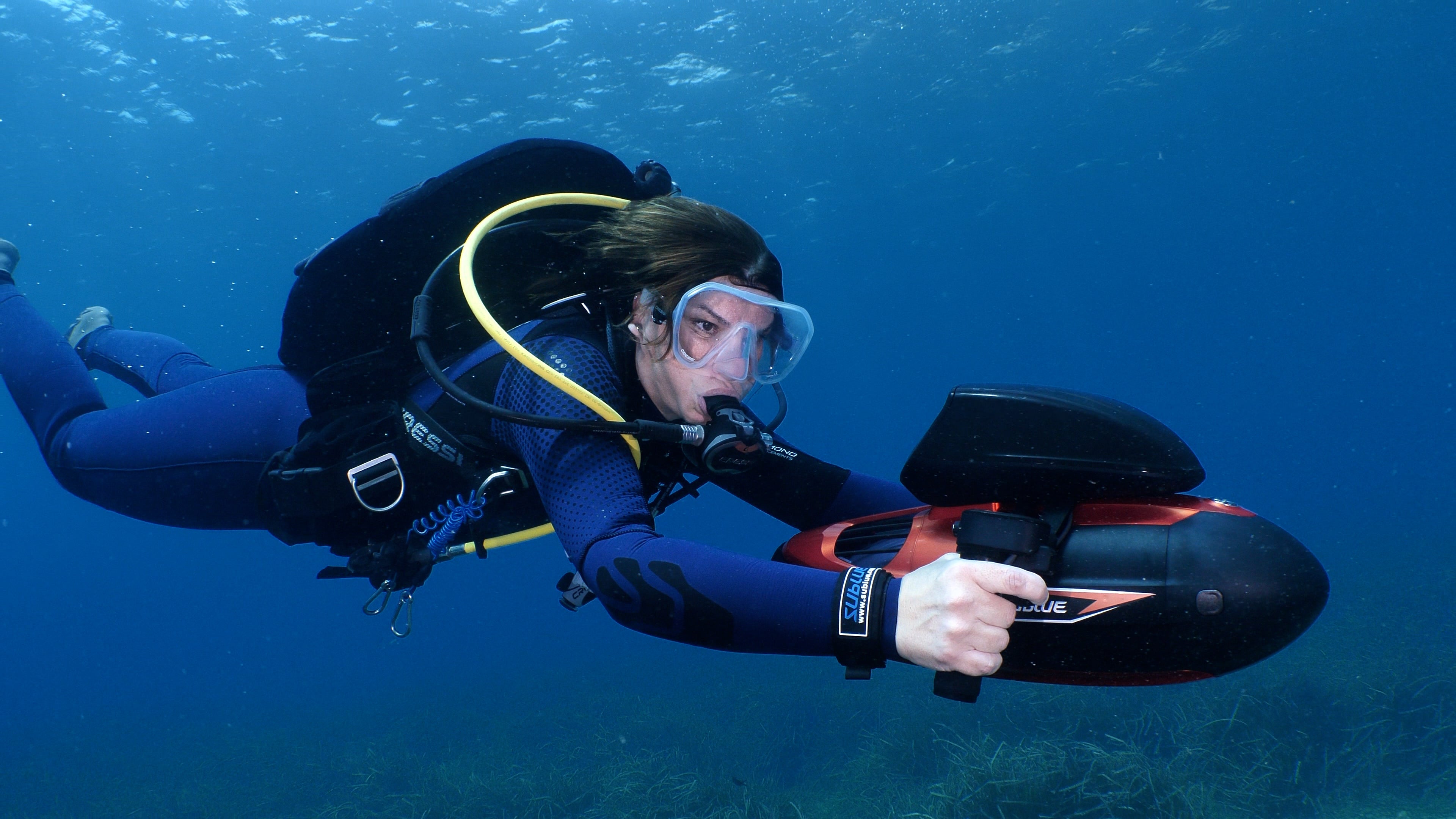
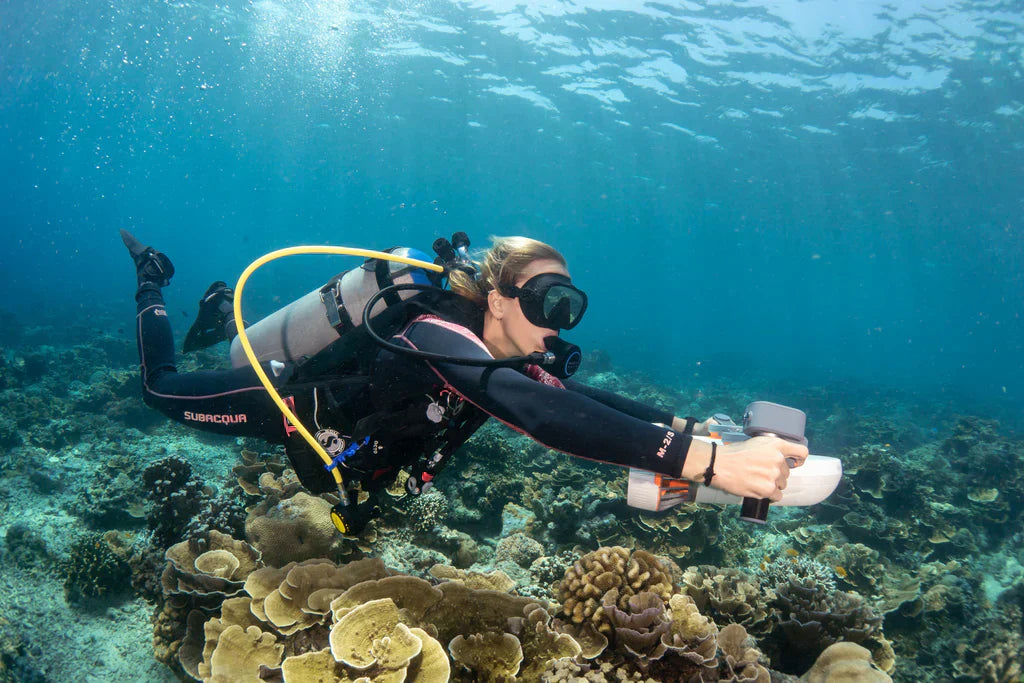
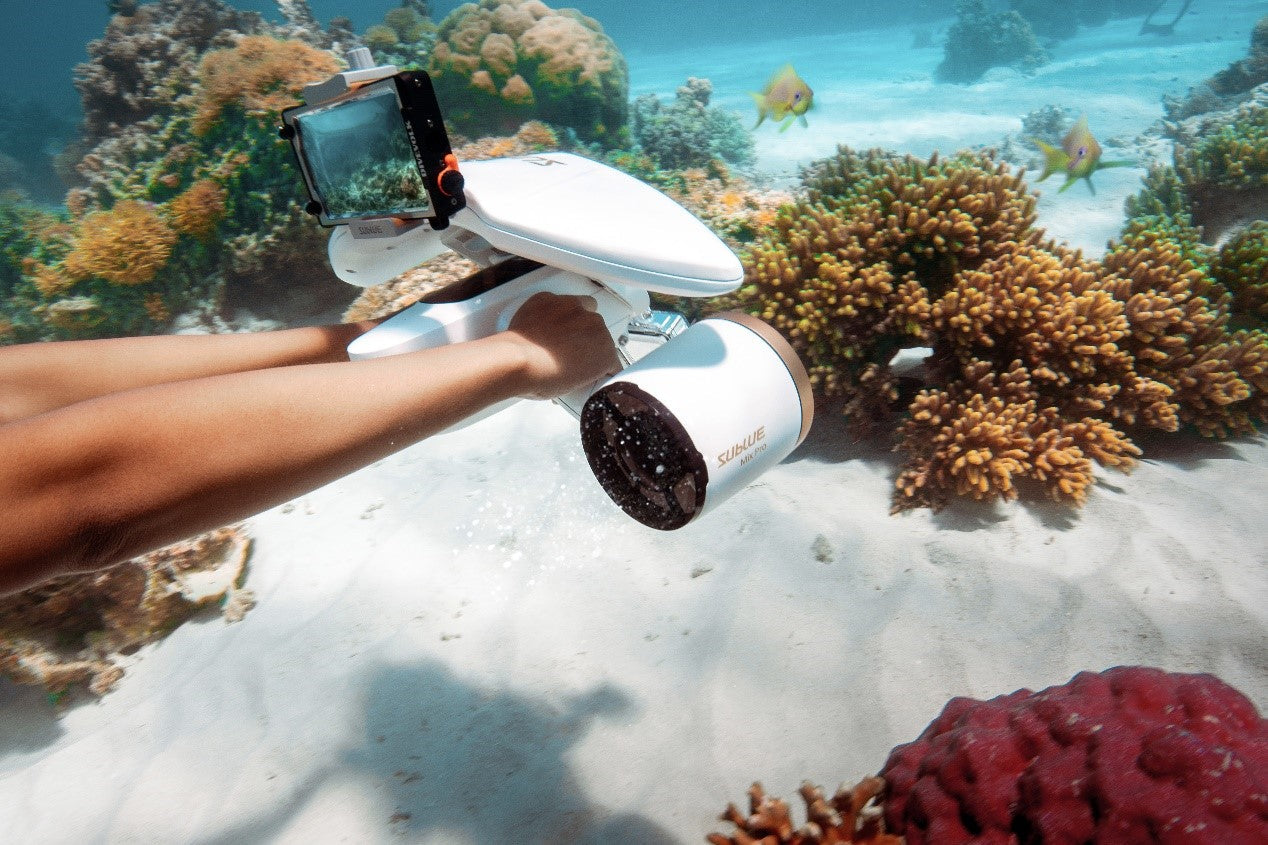
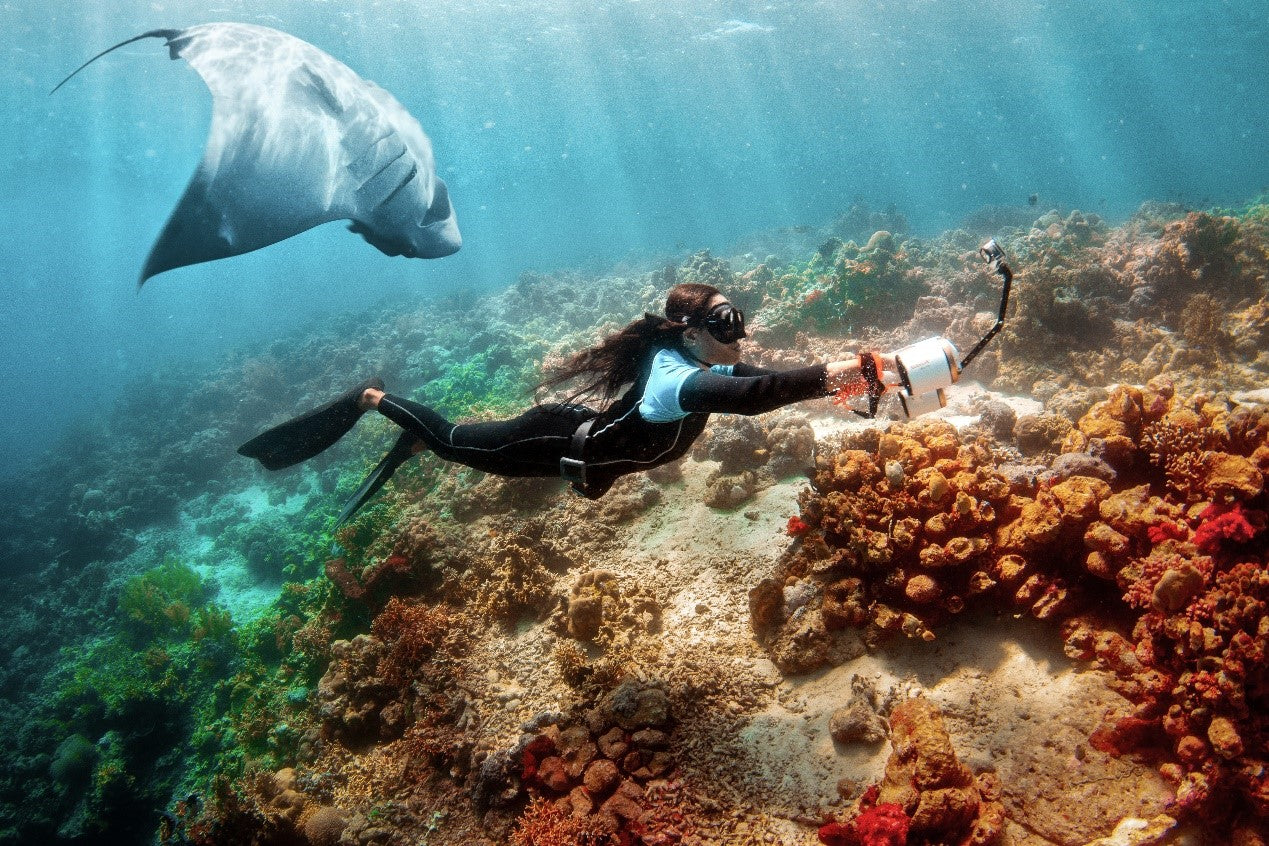
Share:
The Professional Diver's Guide to Underwater Scooters: Performance, Techniques & Gear
The Ultimate Guide to Equipping Your Yacht with the Latest Must-Have Water Toys